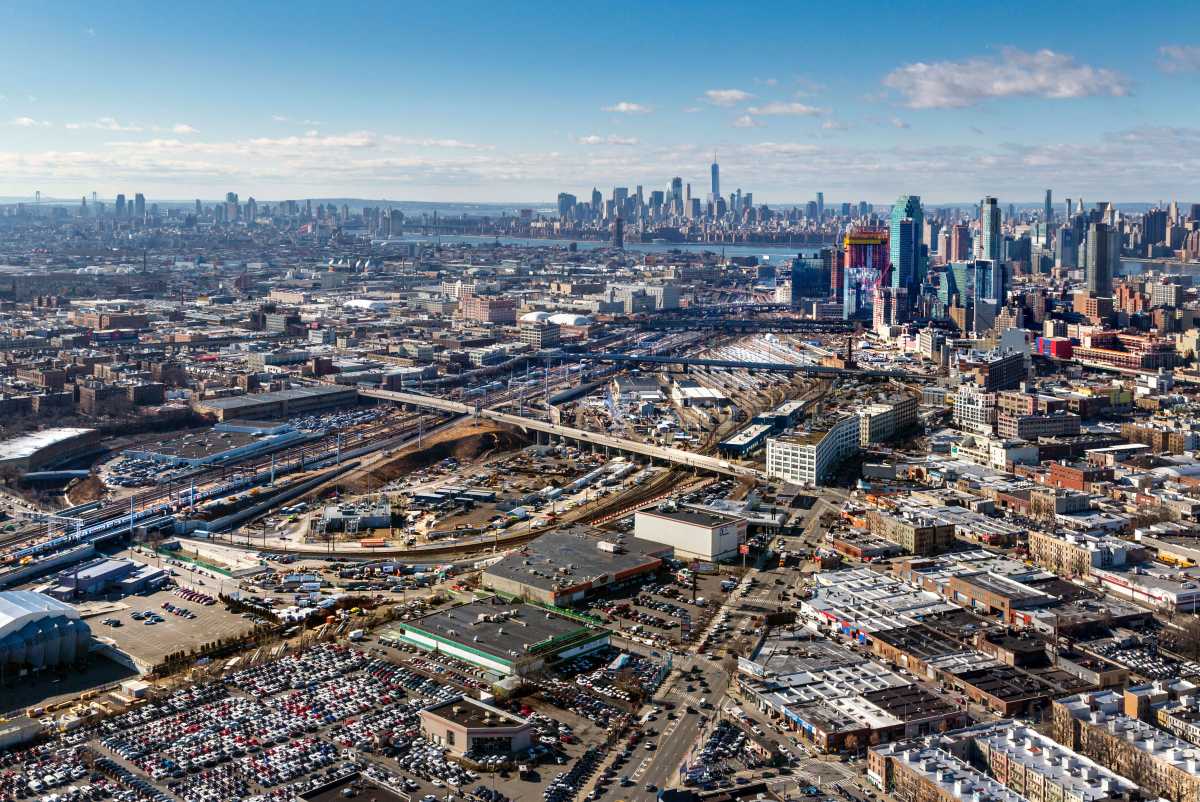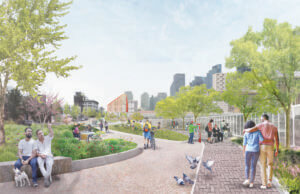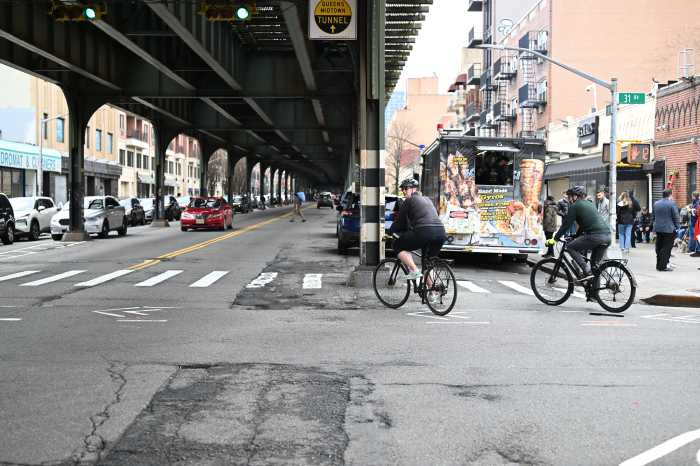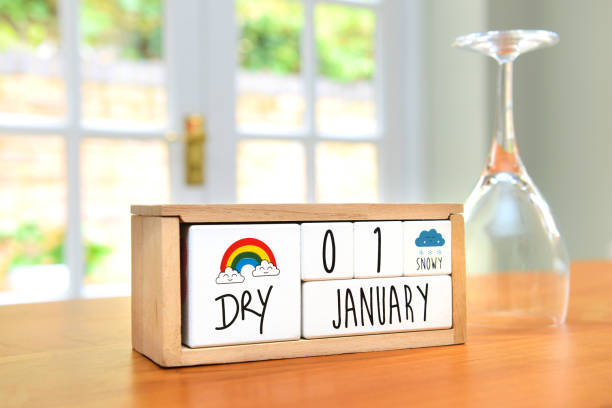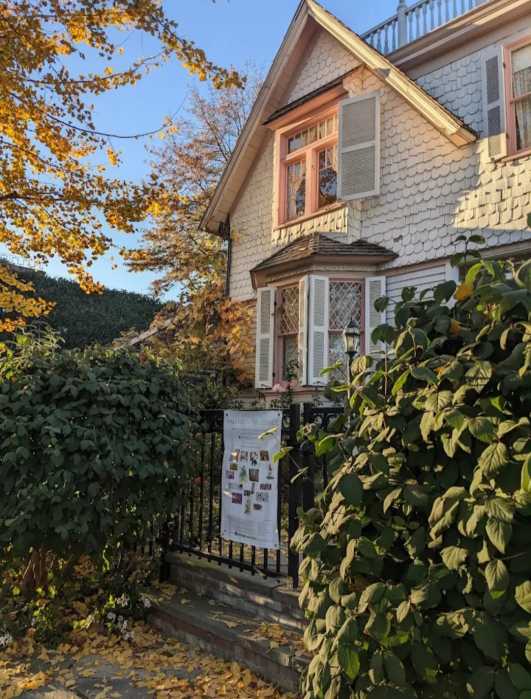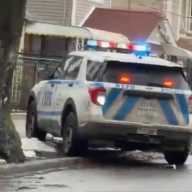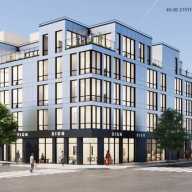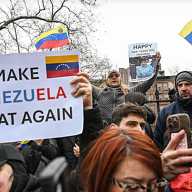The city and Amtrak released the long-awaited Sunnyside Yard Master Plan Tuesday, a detailed framework on building new public transit first and making all housing affordable, with a focus on New Yorkers earning less than $50,000 a year. The ambitious project would deck over a large portion of the 180 acres of active rail yard in order to build a small city on top of it.
This plan is very different from the $2.6 million feasibility study that was released by the city’s Economic Development Corporation in Feb. 2017, which called for up to 24,000 units of housing in residential towers as tall as 69 stories with an overall cost of $16 to $19 billion.
“After over a year of extensive community engagements and scores of conversation with a wide range of stakeholders, we developed a thoughtful framework to guide development at Sunnyside Yard for generations to come,” Deputy Mayor for Housing and Economic Development Vicki Been said. “We benefited enormously from those discussions, and the master plan responds to the feedback by putting neighborhood needs for transit, affordable housing and open space first, to ensure that future development is responsible, inclusive and fair.”
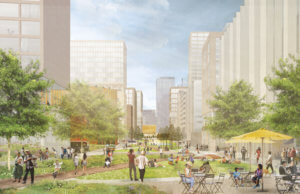
The master plan calls for the creation 100 percent affordable housing with 12,000 homes, 60 acres of new open space, equitable home ownership opportunities, the long-sought Sunnyside Station and necessary infrastructure and other public amenities on a publicly controlled site equal in size to Roosevelt Island or six times the size of Hudson Yards.
“What we are doing is creating public land like Battery Park City that would support buildings,” Director of Sunnyside Yard Adam Grossman Meagher said. “It’s a reflection of the public process we were engaged in and the urgent need for affordable housing.”
The master plan accommodates approximately 12,000 affordable homes, more than Stuyvesant Town and Peter Cooper Village combined. All of the homes will be affordable and restricted to incomes that reflect the most pressing needs of Queens, with 6,000 units for very low-income New Yorkers. All rental units will be rent-stabilized, according to the NYCEDC.
The remaining 6,000 homes would create affordable homeownership opportunities to help families build wealth through a 21st-century financing mechanism based upon the Mitchell-Lama Housing Program, which for decades has created opportunity for many New Yorkers.
The cost of the deck will be around $14.4 billion dollars. Grossman Meagher would not speculate on the exact cost of the residential component other than to say it would be “regular building costs that you see in New York City these days,” but he said the “scale of the building will make sense.”
The towers close to Long Island City would be 30 to 50 stories high and residential buildings approaching Sunnyside Gardens would be mid-rise to low-rise.
Before the decking and developing proceed, infrastructure such as the Sunnyside Station will come first.
“That’s something communities in western Queens and their elected officials have been calling for and that’s why we decided to make that a priority,” Grossman Meagher said. “We believe the station should come first. It will be built at the western edge of the yard on the east side of the Queens Boulevard Bridge and it will be served by the Long Island Rail Road and eventually Metro-North when service begins to Penn Station. New Jersey Transit and Amtrak could also factor in connecting western Queens to every part of the greater New York City region and major cities of the northeast.”
Congresswoman Carolyn Maloney has been an advocate for years for a transit hub near the East Side Access project.
“I am encouraged that the Master Plan includes the Sunnyside Station in its first phase,” Maloney said.
There is also planning for a new Rapid Bus Line connecting Queens with Midtown Manhattan, as well as the potential for a future new Queens subway line to connect New Yorkers with existing and emerging economic centers, fueling job growth and access to opportunity, according the NYCEDC.
“It is exciting to see the release of this framework plan for Sunnyside Yard, the largest and best located opportunity to holistically address both the existing community needs and future growth in western Queens and the city,” LIC Partnership President Elizabeth Lusskin, co-chair of the Sunnyside Yard Steering Committee, said. “The preliminary framework released today responds to those priorities, proposing a new rail hub to support a fast growing western Queens and the area’s transit network, more than 60 acres of new public open space, and 100 percent affordable housing, a range of jobs and resilient planning. As we move into the next phase of the project, community input will continue to be the key to ensuring Sunnyside Yard lives up to its potential and meets the diverse and growing needs of the people and businesses based here.”
Maloney will be watching how the planning process proceeds.
“While I am initially encouraged by the proposal for the Sunnyside Yard Master Plan governance entity, it is necessary that this continues to be a community driven process and I will not support plans that abandon this approach,” Maloney said. “I will continue to be a fierce advocate for an open dialogue that ensures none of our neighborhood’s voices are left out.”
To read the Sunnyside Yard Master Plan, visit the NYCEDC’s website here.

